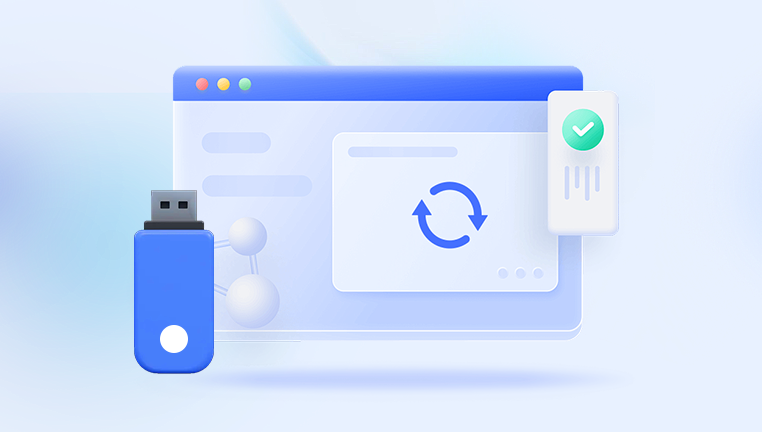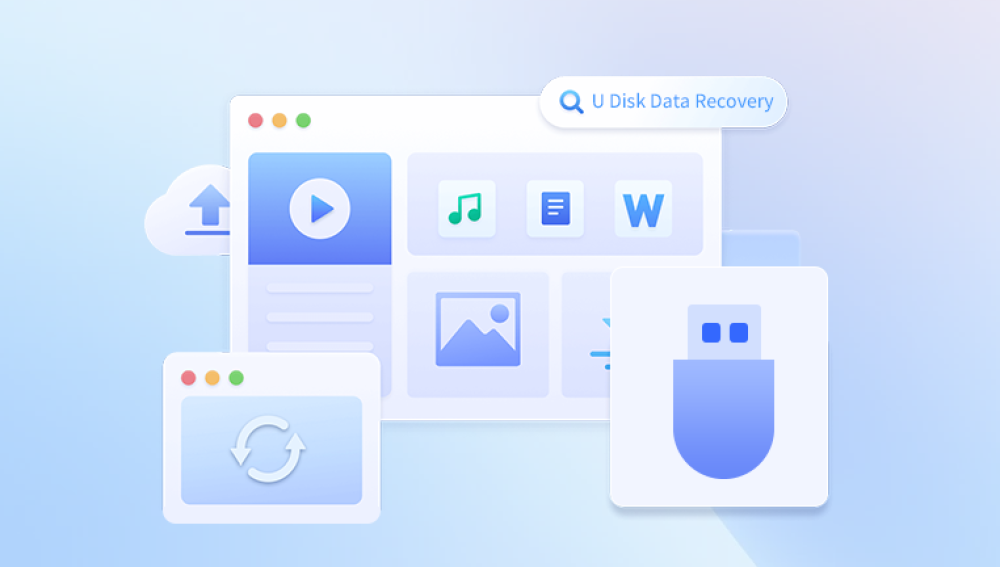Certainly! Recovering files from a USB flash drive that is asking to be formatted is a common but intricate task. USB flash drives can become corrupted for various reasons, including improper ejection, malware infections, file system errors, or physical damage. Despite the challenge, there are several techniques and tools available to recover your valuable data.
Understanding the Problem
When your computer prompts you to format a USB flash drive, it usually means the file system on the drive has become unreadable by the operating system. However, the actual data may still be intact and recoverable. The prompt to format is essentially the system’s way of saying it cannot access the data due to a problem with the drive's structure, not that the data is gone.
Step-by-Step Recovery Process
1. Initial Precautions
Before attempting any recovery, follow these precautions to avoid further data loss:
Avoid Formatting: Do not format the USB drive, as this will erase all existing data.
Try Different Ports and Computers: Connect the USB drive to different USB ports or another computer to rule out port-specific issues.
Backup Current Data: If the drive is partially readable, immediately copy any accessible files to a safe location.
2. Using Data Recovery Software
Using Drecov Data Recovery software, the operation is simple, safe and effective, and the recovery is fast.
https://recovery.pandaoffice.com/data-recovery-windows/

3. Using Command Prompt
For those comfortable with command-line operations, the Command Prompt in Windows offers a useful utility called CHKDSK (Check Disk). Here’s how to use it:
Open Command Prompt: Press Win + R, type cmd, and hit Enter.
Run CHKDSK: In the Command Prompt window, type chkdsk X: /f (replace X with the USB drive letter) and press Enter.
Analyze Output: CHKDSK will attempt to fix any file system errors. If successful, this may restore access to your files.
4. Using Disk Management
Sometimes the issue is simply that the drive has lost its letter assignment. This can be fixed through Disk Management:
Open Disk Management: Right-click on This PC or My Computer and select Manage, then go to Disk Management.
Change Drive Letter: Locate your USB drive, right-click on it, and select Change Drive Letter and Paths.
Assign New Letter: Click on Add (or Change if it already has a letter) and assign a new drive letter, then click OK.
5. Professional Data Recovery Services
If software solutions fail, professional data recovery services are your last resort. These services employ advanced techniques to recover data from physically damaged or severely corrupted drives. While effective, they can be expensive and should be considered when the data is highly valuable.
Preventive Measures
After successfully recovering your files, it’s important to take steps to prevent future data loss:
Regular Backups: Regularly back up your important data to multiple locations, such as an external hard drive, cloud storage, or another USB drive.
Safe Ejection: Always use the 'Safely Remove Hardware' option before disconnecting the USB drive to prevent file system corruption.
Antivirus Protection: Keep your system protected with reliable antivirus software to ward off malware that could corrupt your drives.
Avoid Physical Damage: Handle USB drives carefully to prevent physical damage that can lead to data loss.
Update Drivers: Ensure that your computer's USB drivers are up to date to avoid compatibility issues.
Recovering files from a USB flash drive that prompts formatting is entirely feasible with the right approach. Utilizing data recovery software like Recuva, EaseUS Data Recovery Wizard, or MiniTool Power Data Recovery offers a high success rate for most cases. For command-line enthusiasts, CHKDSK in Command Prompt can repair file system errors, and Disk Management can resolve drive letter issues. When all else fails, professional data recovery services are available. Adopting preventive measures will safeguard your data against future incidents, ensuring that your important files remain safe and accessible.




